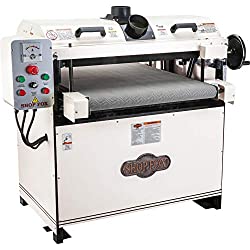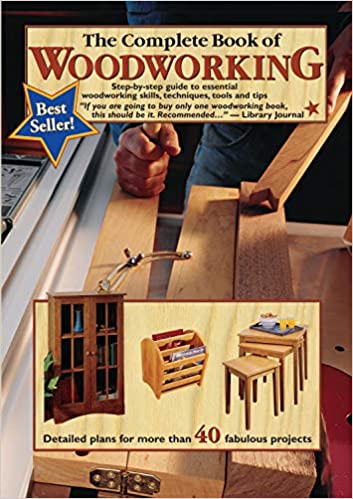
You might be wondering how to use a scribe knife when cutting a piece of scribed wood. Here are some tips that will help you get the best out of your new tool. A bevel and drawing compasse, along with a pencil or scribe knife, are essential. These tools are crucial for making a perfect cut on a piece of scribed timber. Once you have the tools, it is time to measure and cut your piece.
Using a drawing compass
A drawing compass is a tool that consists of two arms and a sharp point. The two arms of the drawing compass are held between your thumbs and pointer fingers. They are separated by about one to two-and-a half centimeters. The use of a drawing compasses to trace wood is simple. This article will demonstrate how to do so. Here are some tips for using one:

A bevel can be used
The bevel is an excellent tool to scribe wooden pieces. They can be tiled at a rough level of accuracy. However, they are mostly used as trim tools. They are not used for joining. First, ensure you have the right blade for the cut you are making. Once you've selected the right bevel you can adjust the height. Adjust the catch to adjust the height of your bevel. This allows you to expose more or less of the blade.
Marking with a pencil
Most people have heard of the technique of using a pencil to mark wood. First, ensure that your counter or worktop are flat and symmetrical if you intend to use the method. To do this, you will need to scribe the wood onto an even surface. The surface to be scribed must be flat, straight, level, parallel and parallel to the line. Next, place the compass at fifty millimeters.
A scribe knives is recommended
A scriber knife leaves a neat, straight line on the wood. A scribe is less precise than a pencil. It leaves lines that are about one to two-thou across. This precision makes it one of the most popular tools for carpentry. The sharp scribe is not designed to cause tears during crosscuts. It can also be used with a wide range of materials. Here's how to use one.

Crewwork
To scribe a piece of wood, you need a template large enough for your markings. This is a good idea for scrap cardboard, plywood, and drywall. If the shape is complex, it is important to ensure that the markings are not covering all five corners. Additionally, it is important to ensure that the scribe line runs parallel and straight. You must do this correctly to ensure the piece fits correctly.
FAQ
What type of wood should I choose?
Woodworking is a popular job that involves oak, pine and maple. Every type of wood is different and can have a unique look and feel that will affect the final product. For example, oak tends to be darker and harder than other woods. Birch is soft and light, and mahogany is denseer and heavier. You can also pick between veneers and solid wood. Veneers consist of thin sheets made from wood and glued together to form a single layer.
What should a woodworker be paid per hour?
The hourly rate for a professional woodworker varies depending on many factors, including skill level, experience, availability, location, and other variables.
The hourly average rate for skilled woodworkers runs between $20-$50.
A less skilled woodworker can charge as low at $10 an hour.
Where do you start when it comes to woodworking?
Learning how to build furniture is the best method. While you will need tools, mistakes are inevitable, but you will learn the ropes if you persevere.
First, choose a project you would like to complete. You could make something as simple or complex as a box. Or you could build a whole entertainment center. Once you have chosen a project, locate a local woodworker who is skilled in this kind of work. Ask them for suggestions on the tools you will need and where to buy them. It's possible to ask your friend if they do this type of work.
How do I know what type of wood I'm dealing with?
Always verify the label on wood purchases. The label should provide information about the wood species, moisture content, and whether preservatives have been used.
Where can I buy woodworking supplies?
There are plenty of places where you can find everything you need to start out. You could also visit hardware stores in your area or shop online at Amazon.com.
You might also consider flea markets and garage sale for any old furniture or other materials you could reuse.
What material would your recommendation be to learn woodworking?
Start off with softwood like pine and poplar. After you are comfortable with the softwoods, move to hardwood.
What woods can be used to make furniture?
Woods are classified according their hardness. Softwoods can be pine, fir or cedar. Because they are resistant, they can be used for outdoor furniture. You can find hardwoods like oak, maple, mahogany, teak, and others. Because they are not weather-resistant, they are best used indoors.
Statistics
- Woodworkers on the lower end of that spectrum, the bottom 10% to be exact, make roughly $24,000 a year, while the top 10% makes $108,000. (zippia.com)
- Overall employment of woodworkers is projected to grow 8 percent from 2020 to 2030, about as fast as the average for all occupations. (bls.gov)
- If your lumber isn't as dry as you would like when you purchase it (over 22% in Glen Huey's opinion…probably over 10-15% in my opinion), then it's a good idea to let it acclimate to your workshop for a couple of weeks. (woodandshop.com)
- Most woodworkers agree that lumber moisture needs to be under 10% for building furniture. (woodandshop.com)
External Links
How To
How to make wood joints
This tutorial will demonstrate how to join two pieces together of wood. We will use the pocket hole joint, which is drilling holes in the wood to join them. This works well if the wood is straight and smooth. If your wood isn't straight or flat, you might want to try another method, such as dowel joinery. These are the steps
-
Drill Pocket Hole Joints. Start by measuring and marking the spot where the pocket hole joint will be placed. Then drill 3/4 inch deep holes into the ends of each piece of wood using a jig saw or handheld drilling machine.
-
Sand Smooth. The wood's edges can be sanded to prevent splitting.
-
Glue the two sides of the wood together. Apply glue to both the ends of the wood. Allow the wood to rest for five minutes before clamping it together.
-
Attach the Pieces together. After the glue has dried completely, you can clamp the pieces together until they are flush.
-
Trim Joinery. Trimming the joinery after glue has completely dried.
To be able to turn the pieces inside-out, leave enough room between them.